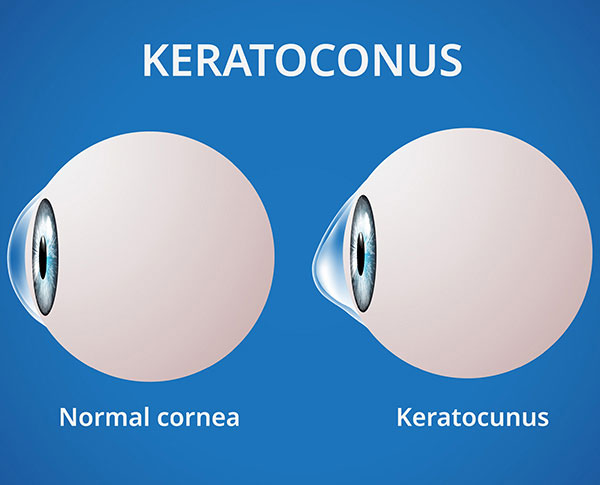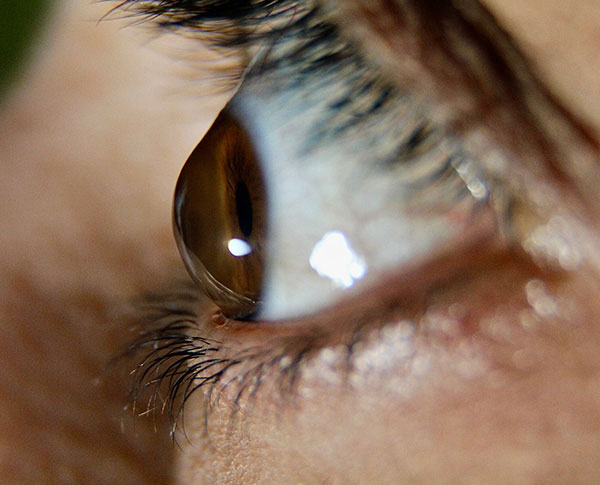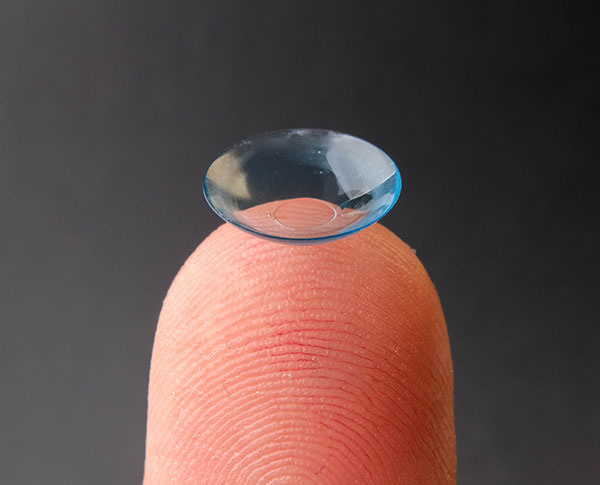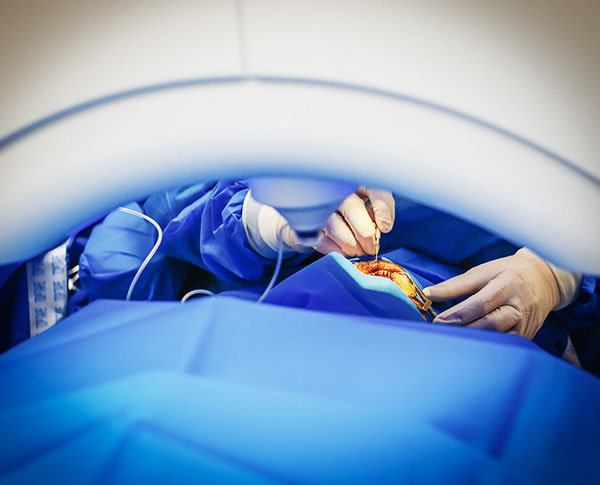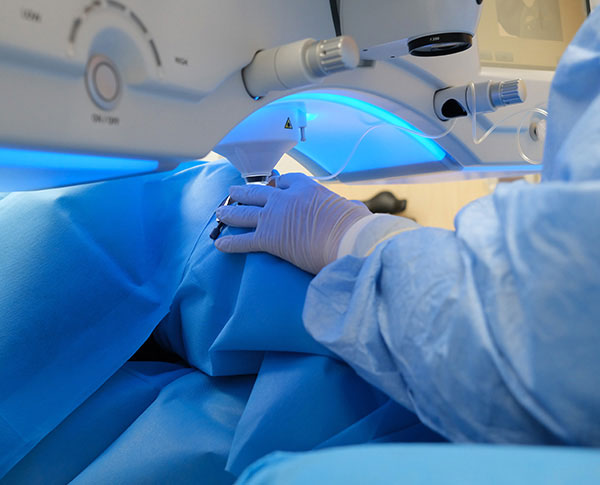Intermediate Stages
Cross-linking the corneal collagen is a treatment option for progressive keratoconus. Vitamin B solution is applied to the eye during this one-time office procedure, after which the eye is exposed to ultraviolet light for no more than 30 minutes. New collagen linkages are formed due to the solution, restoring and maintaining some of the cornea's strength and shape.
The procedure can prevent vision from getting worse and, in certain situations, may even enhance vision, but it cannot completely restore the cornea's normal function. To enable the riboflavin to permeate the corneal tissue, the treatment can necessitate the removal of the cornea's thin outer layer (epithelium).
In April 2016, the FDA approved cross-linking as a keratoconus c3r surgery after clinical trials revealed that it prevented or mildly reversed corneal bulging after 3 to 12 months of the surgery.
